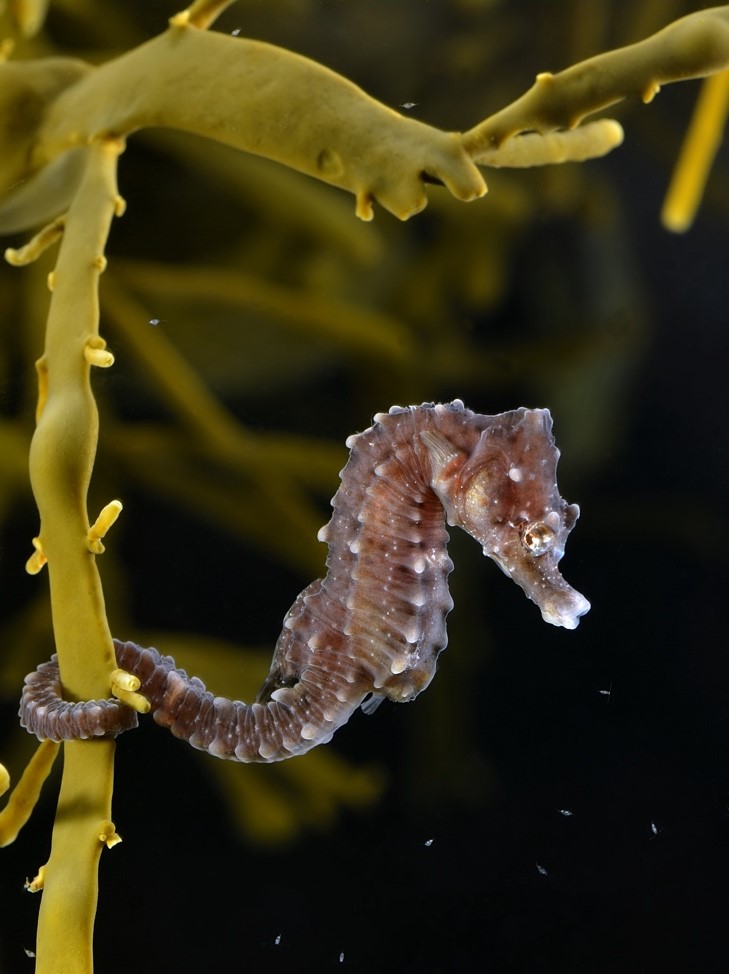Free Courses Sale ends Soon, Get It Now


Free Courses Sale ends Soon, Get It Now



Disclaimer: Copyright infringement not intended.
Context
Details
The Sydney Seahorse Project
Endangered White's Seahorses
Purpose of Seahorse Hotels
Aiding Repopulation Efforts
Environmental Benefits
Positive Results
Sea Horses: Fascinating Creatures of the Ocean
Unique Physical Characteristics
Camouflaging Abilities
Reproduction and Parental Care
Feeding Habits
Threats and Conservation
Conclusion
Sea horses are enchanting marine animals with their extraordinary features and behavior. As delicate creatures facing numerous threats, it is essential to raise awareness about their conservation and take proactive measures to preserve their habitats and ensure their survival in the world's oceans.
|
PRACTICE QUESTION Q. Which of the following statements about seahorses is correct? 1.Seahorses are commonly found in the waters surrounding Australia's east coast. 2.They are known for their rapid and large-scale spread, causing disruption to aquatic ecosystems. 3.Seahorses are often considered a flagship species for conservation due to their high economic value in the ornamental plant trade. a. Only statements 1 and 2 are correct. b. Only statements 2 and 3 are correct. c. Only statements 1 and 3 are correct. d. All of the above statements are correct. Answer: c |
© 2024 iasgyan. All right reserved